Performance reviews should be a constructive tool for growth, yet when the review cycle itself falls short, it’s time for a reset. Recognizing the warning signs and understanding the root causes are crucial steps in building a more effective and valuable performance review process.
Warning Signs to Watch For
1. Inconsistent or Surprising Feedback: If feedback is inconsistent or surprises employees, it’s a sign that communication channels need improvement.
2. Low ROI: If the investment of time and resources in the review process doesn’t yield significant returns, it’s time to reevaluate the approach.
3. Focusing Solely on the Past: A balanced review should include reflections on past performance and considerations for future goals.
4. All Talk, No Follow-Up: Without a plan for continued feedback and development, the review process may feel futile for employees.
5. Top Performers Leaving: The departure of high-performing individuals post-review indicates a need for better development opportunities.
Root Causes of Ineffectiveness
1. Overloading a Specific Time Period: Trying to handle too much simultaneously, especially during busy seasons, can hinder the effectiveness of the review process.
2. Trying to Do Too Much with One Process: Attempting to address multiple goals with one process can dilute the effectiveness of the review, making it mediocre at best.
Building a Better Performance Review Cycle
1. Define Your Goals: Clearly outline your goals for performance reviews. Whether it’s alignment on performance, career development pathways, equitable compensation, or other objectives, be focused and concise.
2. Be Smart with Timing: Choose a time of the year when teams can dedicate attention to the review process without being overwhelmed by other commitments.
3. Set Boundaries: Communicate the goal of the performance review cycle and establish expectations for the time commitment involved. Encourage quality conversations rather than extensive documentation.
4. Make Feedback a Regular Practice: Foster a culture of continuous feedback by integrating regular feedback sessions, such as Feedback Fridays. Cultivate an environment where feedback is ongoing, not limited to the official review cycle.
Conclusion: A Process That Serves You
The success of a performance review cycle lies in knowing your goals, timing, and the frequency of feedback. By making feedback a regular practice and ensuring alignment with your company’s unique needs, you’ll transform the review process into a valuable tool for both employees and the organization. Remember, it’s not just about the annual review; it’s about continuous growth and development throughout the year.

